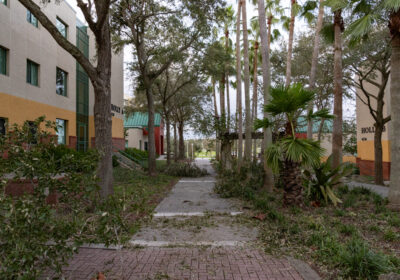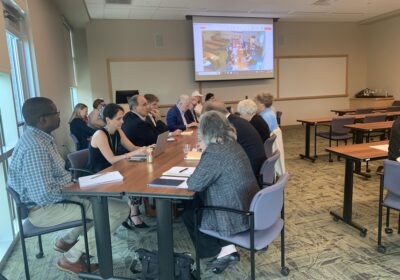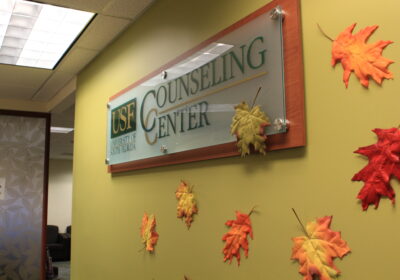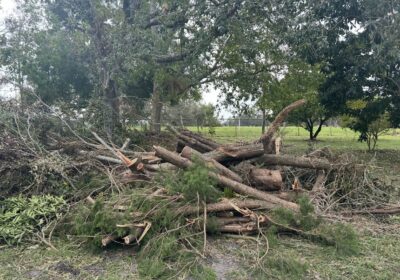Incoming students experience virtual orientation
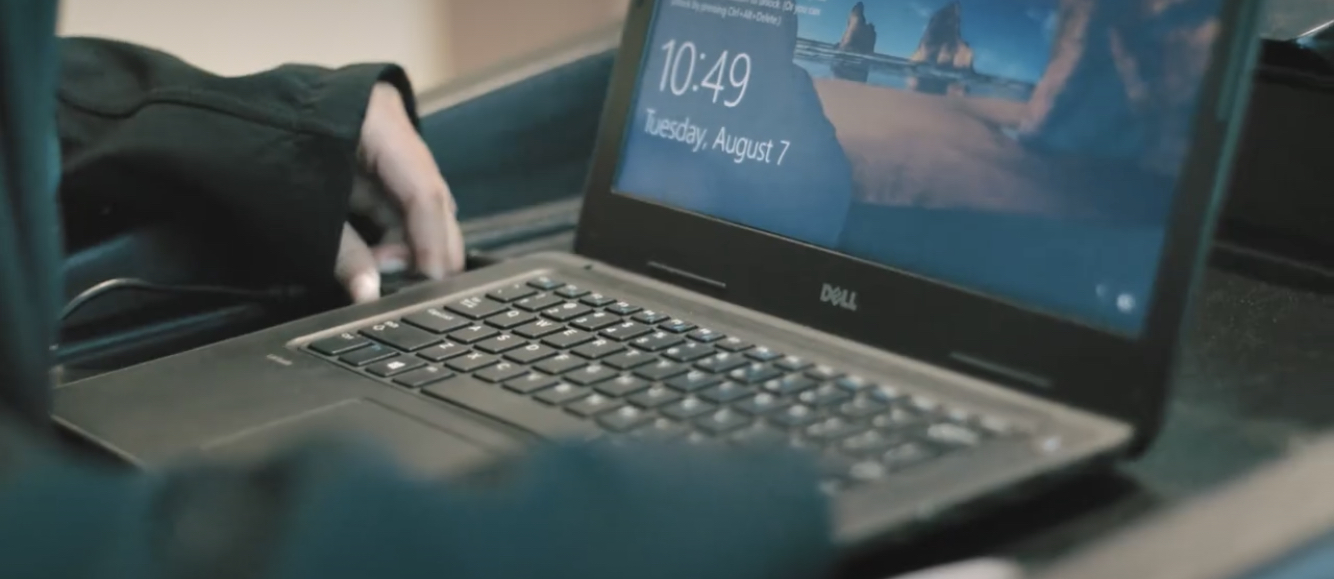
As a result of the coronavirus (COVID-19) pandemic, incoming freshmen and transfer students were met with an unconventional way to attend their mandatory orientation to begin their academic career as a Bull.
On their orientation day, incoming freshmen and transfer students are logging in on their computers to complete modules via Canvas and then video chat with an orientation leader (OL).
The rate for students and family members has not changed, according to Director of the Office of Orientation Marnie Hauser. The price per person to attend an orientation session remains at $35.
Orientation is a requirement for first-year students at USF and, historically, has been in person for all students unless a special circumstance required a virtual meeting with an OL. On April 2, the Office of Orientation announced to first-years via email that summer 2020 orientations would be online.
Hauser said that all three campuses have been working diligently with the office and other departments to ensure that the virtual orientation sessions run as smoothly as possible.
With this being Hauser’s 15th summer at USF, she said she has not seen anything like this in her career. Hauser said the Office of Orientation started planning a remote orientation in March, when the university shifted to remote instruction.
“We made the decision to go virtual with all of orientation with an emphasis on keeping as much engagement as possible on a virtual platform for the students and for families,” Hauser said.
Incoming students have to complete Canvas modules and live synchronous sessions via Microsoft Teams with their OL and group members, Hauser said, to substitute for the face-to-face aspect of orientation.
Even though orientation has been scaled down to a one-day event and is completely remote, OLs are still doing breakout sessions, discussing important topics, answering questions and even giving a campus tour through the live synchronous sessions.
Chase Thomas, an OL who is a sophomore majoring in information studies with a concentration in data science and analytics, said he did not find the virtual training to be overwhelming.
“It became like an online class through Microsoft Teams,” Thomas said. “Nothing too crazy about it.”
OL Okechukwu Nkwocha said that training was meticulous.
“Since we weren’t having the in-person sessions and training we would have, it was so important to be able to listen, take notes and reflect on what we had been taught,” Nkwocha said. “It was a long road, but, at the end of it, you look back and see that everything you learned helps you perform to the highest level in this job, and ultimately in life.”
With modifications made to the orientation schedule, Hauser said that meeting with an adviser has been removed from this year’s orientation. Instead, advising will be overseen by each college.
“We came to an agreement early on in the process that there was no way to get advising into the session the way we need to to give it the amount of time that the students require to meet with advisers and to register for classes, so it will be handled separately,” Hauser said. “Each college is doing something a little differently and it is still a requirement that students meet with their adviser, it’s just not a requirement that our office is tracking.”
Some areas of the orientation are too important to withdraw.
A relevant subject that’s discussed during each orientation is sexual assault on college campuses. With the growing number of stories from current and former USF women and men recounting their experiences with sexual violence at the university, the Office of Orientation recognizes its responsibility to make changes to this conversation when necessary, according to Hauser.
“It’s not about adding more time to the discussion, but it’s about using the time in the best possible way,” Hauser said. “Educating students about anything and supporting them when they are not in the right space to receive — that is something we need to consider. We have to consider the intentionality of the content.”
While Hauser said her office is not making any current changes to the curriculum presented at orientation, future orientations will be impacted.
“Anything that we add will be very intentional and we will be making sure information is up to date and accurate,” Hauser said.
Families also have always had the option to attend their own orientation along with their student, and the virtual orientation is no different.
“Students have their sessions during the day, and families have theirs in the early evening,” Hauser said. “We have slightly less attendance than what we would have in a face-to-face delivery, but they are still highly engaged in the sessions.”
Hauser said that Q&A sessions have been implemented for family members to join and ask different questions to a variety of departments. There are many different dates and times to choose from so everyone can join a Microsoft Teams call to ask questions and learn more about USF.
Briana Miele is an incoming freshman who plans to major in biomedical sciences. She completed her orientation on June 4 to take summer B classes.
After completing both the Canvas modules and live synchronous sessions, Miele said she feels as though she received an adequate orientation to prepare her for starting college.
“The [Canvas] modules were very informative about everything you need to know about USF,” Miele said. “The modules covered topics about helpful student resources, and I thought they were well covered.”
When it came time for her to log in to the Microsoft Teams video session portion of the orientation, Miele said it was helpful but also challenging in the aspect that it was not in person. She felt there was a disconnect between the members in her group because it was online.
“I felt welcomed by USF and my orientation leader, Cayla,” Miele said. “I wish I was able to be on campus to meet new friends and do all of the activities that USF has to offer.”
For Nkwocha, he said it is imperative to create connections with his students. Though not every group comes with the same energy or attitudes, Nkwocha said he makes it a goal to give each group the same amount of passion and show how much he cares about their success.
“The connections I’m making with these new students is so important because they have someone who is always here to help with anything they need as they transition into USF,” Nkwocha said. “I always go into sessions with the mindset that I want to give all I can to each student, but not every session is the same so the levels of interaction and engagement may differ.”
The Office of Orientation does recognize that some students may not have internet access or the virtual platform may present issues due to time zone conflicts.
“If there is a technology issue or concern there is a dial-in number with Microsoft Teams,” Hauser said. “We have flexibility when sessions run and time of day for those in different time zones. It is a case-by-case basis.”
Most technology issues within live synchronous sessions need to be resolved by the group OL quickly and Hauser said a main aspect of OL training was on the technology. For some OLs, that is a main challenge they face.
“Making sure I can talk everyone through technology issues can be really difficult sometimes, but the majority of the time it is not crazy,” Thomas said.
Hauser said she sees there to be many positives and negatives to the virtual orientation, but USF works best with face-to-face interactions. It is not yet decided how orientation next summer will be presented.
“We typically don’t do things that are a one and done,” Hauser said.”There are things we can find value in and parts of the virtual orientation will continue to have life. The Canvas modules have an absolute value, but the live synchronous sessions remain[ing], I’m not sure yet. We will do a tremendous amount of research before we make decisions about future orientations.”
Overall, Hauser said that despite the challenges, her team, the OLs and the students have adjusted accordingly to create a positive environment for the online orientations to succeed in.
“[Orientation] is much more challenging in a remote environment because it isn’t personal,” Hauser said. “There are hills and valleys to all of it, and a lot of change in the past year, but the adaptability and flexibility have been amazing.”

